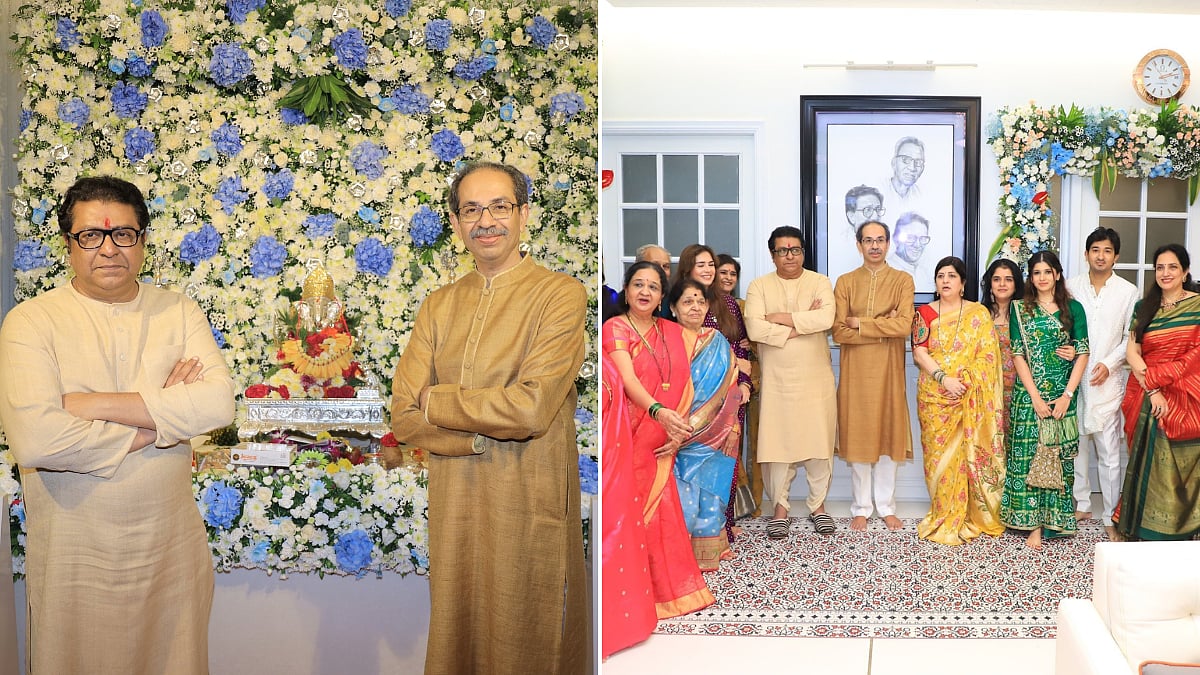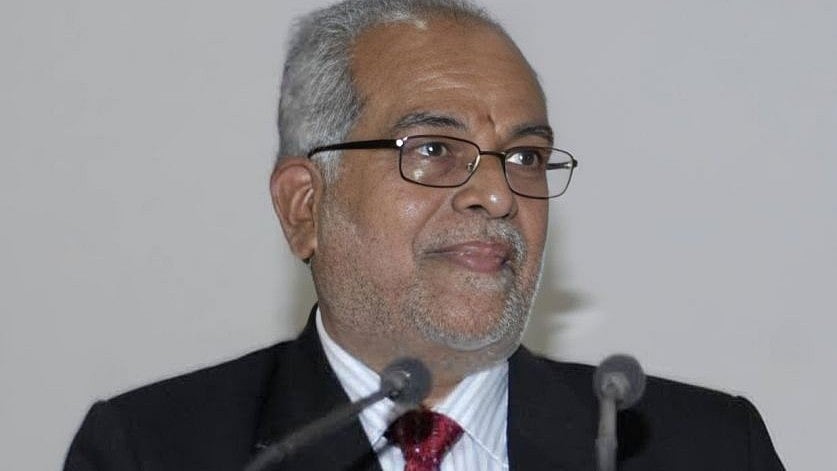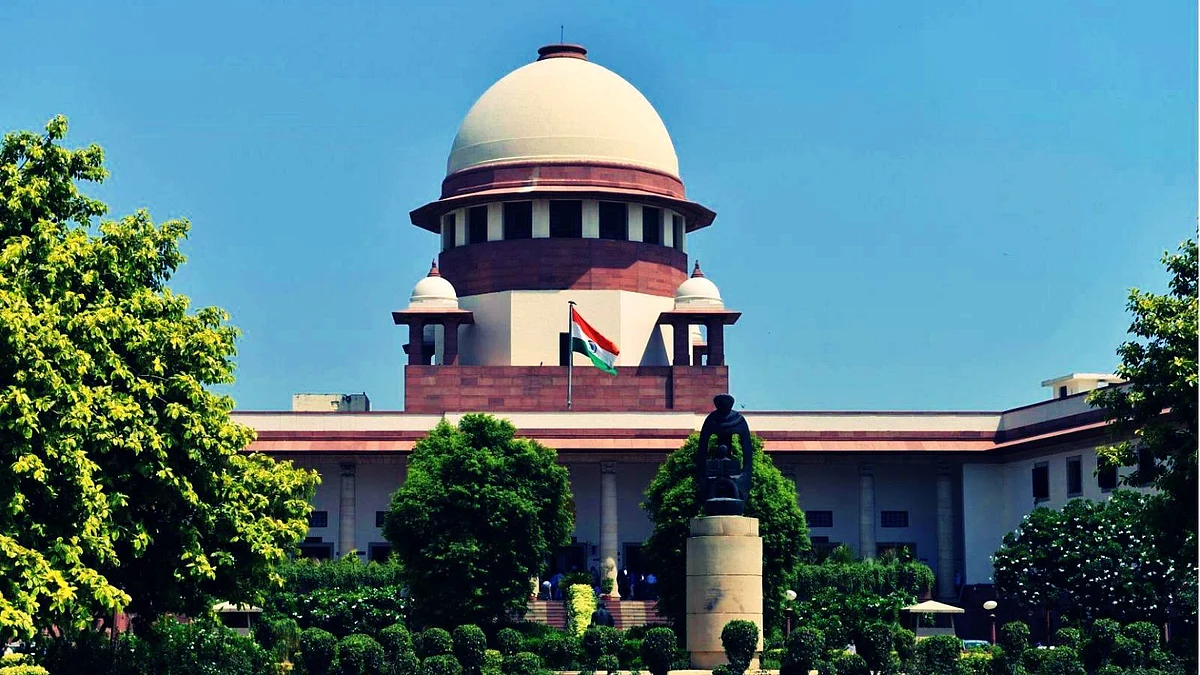The death of Reuters journalist Danish Siddiqui, who was killed last Friday while covering a clash between Afghan security forces and Taliban fighters, underlines the inherent dangers in the profession. The sad truth is that often the risks taken by reporters in pursuing a story or the courage of their editors in publishing it go unnoticed even by their peers.
Globally, 1,405 journalists have been killed for their work since 1992, according to watchdog group Committee to Protect Journalists (CPJ). Three of the 52 Indians in the list are anti-Hindutva editor Gauri Lankesh, Mumbai crime reporter Jyotirmoy Dey and Jagendra Singh of Shahjahanpur in UP, who was burnt alive, allegedly by policemen and local criminals at the behest of state minister Rammurti Singh Verma.
An alumnus of Delhi’s Jamia Millia Islamia, Danish Siddiqui’s last assignment was to document the Taliban offensive as a journalist embedded with Afghan Special Forces. He had covered the Battle of Mosul (2016-17), the April 2015 Nepal earthquake, the 2019–2020 Hong Kong protests, the 2020 Delhi riots and the second wave of Covid-19 in India. He also was part of the Reuters photography team that won the Pulitzer Prize in 2018 for their coverage of the Rohingya refugee crisis.
While Siddiqui’s is a high-profile case, countless Indian journalists are murdered as they have offended the high and mighty or the local mafia or simply because they know too much. No one remembers Rakesh Singh ‘Nirbhik’, 37, who died of burns along with a friend in November 2020 after assailants set fire to his village house in Balrampur district of Uttar Pradesh. He had exposed the corruption of the gram pradhan.
In November last year, TV reporter Isravel Moses, 26, was hacked to death outside his house by alleged drug dealers in the Chennai suburb of Kundrathur a week after he reported on the local sale of cannabis and associated illegal encroachment of land.
Chandan Tiwari, a local reporter with Hindi daily Aj in Jharkhand’s Chatra district, was abducted, beaten and left to die in a forest in October 2018. He had brought to light the corruption of Pintu Singh, a local goon and a private contractor who undertook government contracts. Tiwari sought police protection which was denied to him.
RTI activist Amit Jethva was shot dead on July 20, 2010, by two assailants outside Gujarat High Court. He had unearthed the illegal mining activities in Gir forest by Dinu Bogha Solanki, BJP MP from Junagarh. Nine years later, Bogha and six others, including a police constable, were convicted for Jethva’s murder.
The body of Ghulam Rasool Sheikh, editor of the Urdu-language daily ‘Rehnuma-e-Kashmir’, and the English-language weekly ‘Saffron Times’, was found floating in the Jhelum river on April 10, 1996. He had highlighted the spurt in killings and arson incidents in his hometown, Pampore. His family alleged that a militia group backed by Indian state security forces had kidnapped him the previous month.
Ten years ago, environmentalist Sumaira Abdulali and journalist Viju Balanarayanan escaped being lynched by the sand mafia in Alibaug, near Mumbai. They were documenting the illegal sand mining when they were attacked and chased by the mafia led by the local MLA’s son.
These sort of things don’t happen even in Mexico, rated by CPJ as the most dangerous place for journalists. Témoris Grecko, a Mexican reporter and author of ‘Killing the Story: Journalists Risking Their Lives to Uncover the Truth in Mexico’, says, “Killing a journalist comes free of charge.”
Apart from being bumped off, Indian journalists critical of the government face arrest for sedition and terrorism. Sometimes, the government does not even wait for them to write, as was the case with Siddique Kappan and three others who were on their way to Hathras in UP last year to cover the death of a Dalit girl who died after being allegedly gang-raped. Likewise, three senior northeast journalists -- Kishorechandra Wangkhem, Paojel Chaoba and Dhiren Sadokpam -- were arrested under several draconian laws early this year.
The fourth estate has no legal protection in India. In fact, they sometimes face the wrath of the court for contempt, which as everyone knows, is on the sweet will of the judge. Most media houses make a feeble attempt to defend their journalists. Small mercy that the judiciary has just taken off its blindfold on sedition.
At least 30 journalists were killed worldwide last year, according to CPJ, with 21 of those killings carried out as a direct response to the reporters’ work, compared to 10 in 2019. Joel Simon, the CPJ’s executive director, said this escalation represents a failure of the international community to confront the scourge of impunity.
Closer home, a cabinet minister described journalists as ‘presstitutes’. The PM himself disparages journalists by calling them ‘bazaru patrakar’ (sold-out journalists). Such is bigots’ hatred for independent journalists that on February 11 this year, a little-known YouTube channel posted a video calling for five of them to “be hanged”. Even today, the BJP’s troll army is targeting Danish Siddiqui based on his religion.
The global body, Reporters Without Borders (RSF), has identified Modi as one of the ‘predators of press freedom’. In a strong statement, it has denounced these predators who “trample on press freedom by creating a censorship apparatus, jailing journalists arbitrarily or inciting violence against them when they don’t have blood on their hands because they have directly or indirectly pushed for journalists to be murdered.”
According to the Free Speech Collective, there has been a sharp rise in criminal cases lodged against journalists in India for their work, with a majority of cases in BJP-ruled states. Its research shows that in the last decade, 154 journalists in India were arrested, detained, interrogated or served show-cause notices for their professional work and a little over 40 per cent of these instances were in 2020.
This is the cost of getting you the news; news which is defined as ‘information that somebody, somewhere wants to suppress’.








.jpg)

